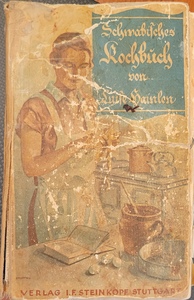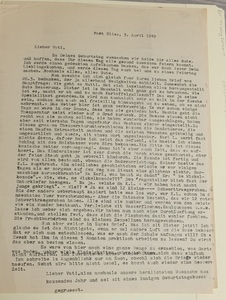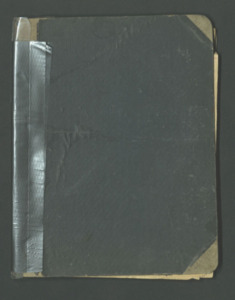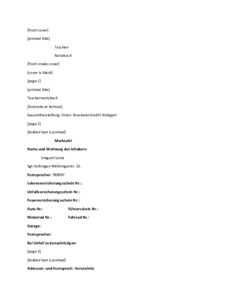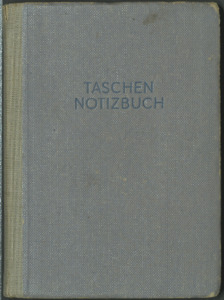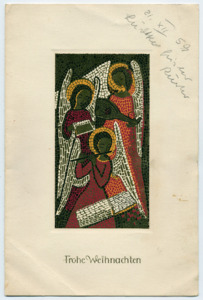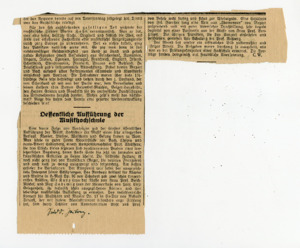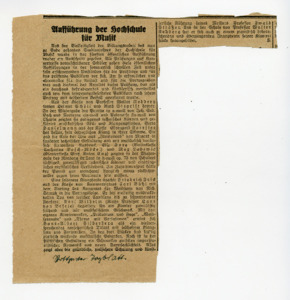
Browse Items (235 total)
Sort by:
-
German Cookbook
This is an image of a Deutsch cookbook belonging to Martha (Marta) Stein, Gisela Stein Rieger's mother. Marta was the wife of Arnold Stein, and a part of the second group of Germans that came over to work for the Rocket team with Von Braun. -
Typed letter in Deutsch from Ruth Heimburg to her Father, April 1949.
This image is of a type-written letter by Ruth Heimburg in Deutsch. Sent from Ft. Bliss, Texas to her Father in Germany. Notably, Ruth asks her Father if her younger brother Dieter has been cooking his potato goulash as that is his "specialty." -
Transcript of Irmgard Stuhlinger 1948 Journal
Irmgard Stuhlinger was the wife of Ernst Stuhlinger, a scientist acquired in Operation Paperclip. In this journal she details her daily life starting from January 1st, 1948 to December 31st, 1948. She touches on the topics of post-secondary education, family events, and holidays in the post-war period. At the end of the journal, she includes an entry about the year to come. -
Irmgard Stuhlinger 1948 Journal
Irmgard Stuhlinger was the wife of Ernst Stuhlinger, a scientist acquired in Operation Paperclip. In this journal she details her daily life starting from January 1st, 1948 to December 31st, 1948. She touches on the topics of post-secondary education, family events, and holidays in the post-war period. At the end of the journal, she includes an entry about the year to come. -
Christmas card from Jela Lüdtke and others to Hildegard Nörenberg (1959-12-21).
The card features an illustration of a mosaic of women playing music along with the text "Frohe Weihnachten" (Merry Christmas). -
Examination list of students including Hans Albert Silberberg.
Hans Albert Silberberg is the last student printed. This is a list of students with the pieces they will be performing for examination. -
Concert program for a concert including Hans Albert Silberberg.
This is a concert program for a concert from the Würrt Hochschule für Musik in Stuttgart that Hans Albert Silberberg is part of. -
Newspaper clipping "Oeffentliche Aufführung der Musik-hochschule"; Extension of loc_noer_000595.
This newspaper clipping printed in Fraktur mentions Hans Albert Silberberg. -
Newspaper clipping "Aufführung der Hochschule für Musik".
This newspaper clipping printed in Fraktur mentions Hans Albert Silberberg.
